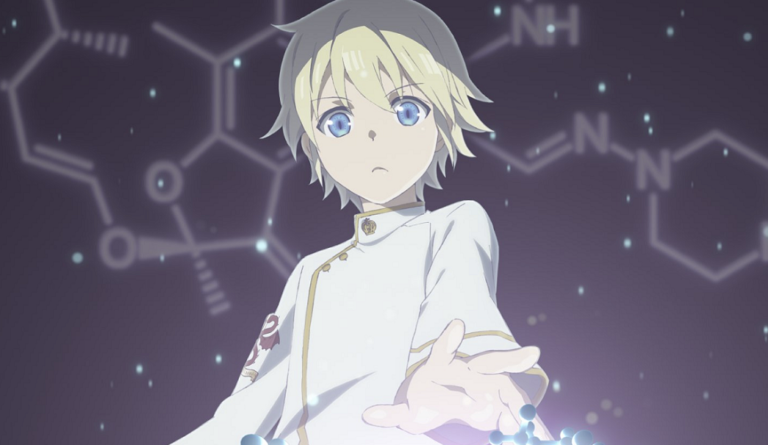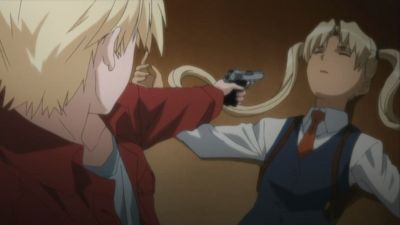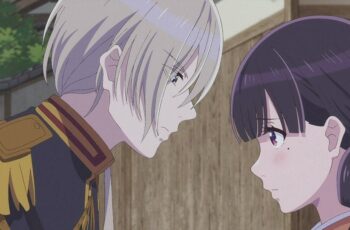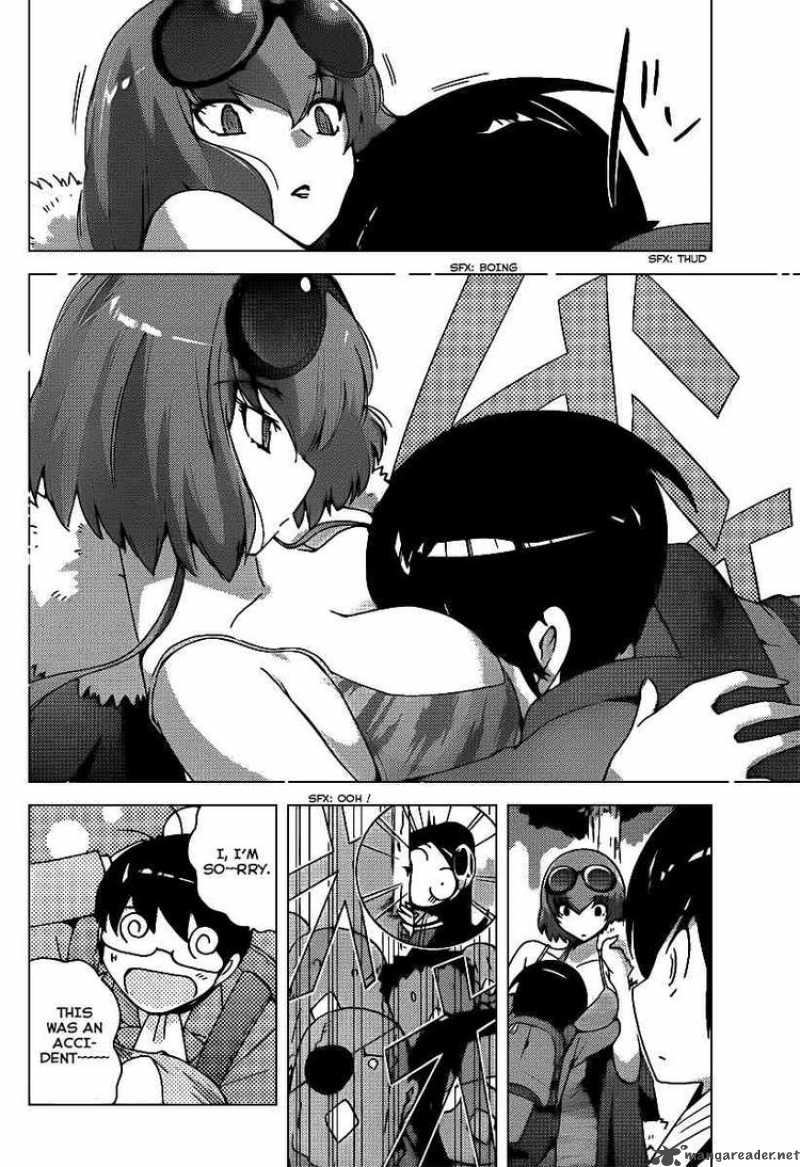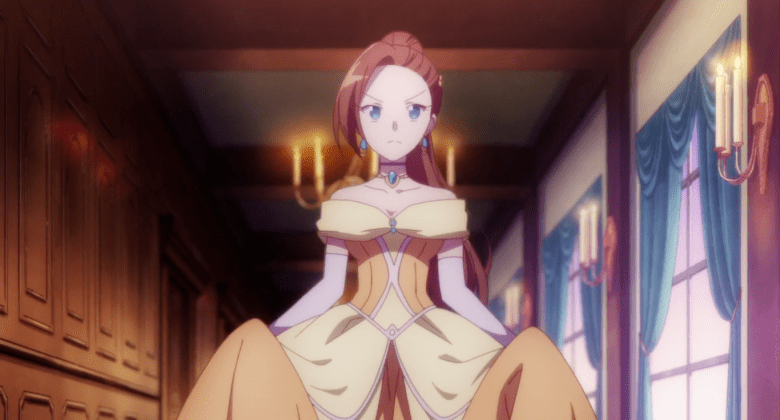
In a word, she decided to be kind. And to learn how to farm.
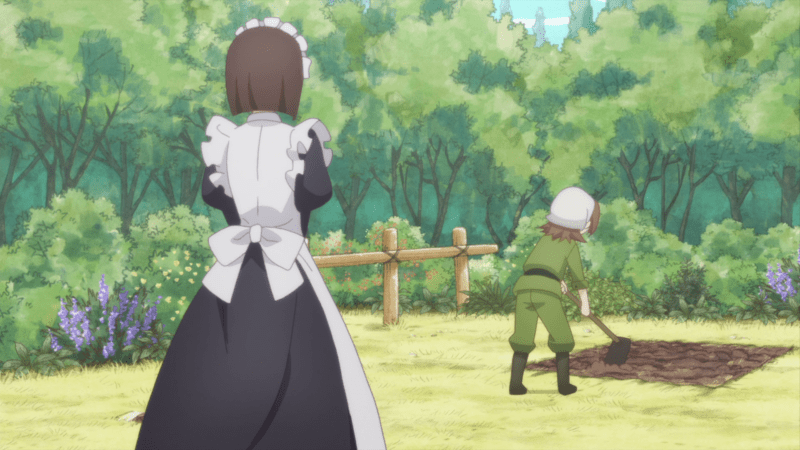
The farming angle offered some soft humor. Catarina was born into a noble family who tolerated her desire to learn farming as an eccentric, if shameful-for-her-social-standing, hobby. For Catarina, farming acted as a hedge for one of the endings where she would be exiled. The farming hobby also provided means for her to connect to the characters she would’ve fought over with the video game’s heroine, Maria.
Much of the story focused on Catarina trying to befriend all of the men Maria and she would normally fight over in the game and the other women who would cause her doom. Her kindness, which was also her natural personality, becomes her means to avoid the doom flags of the game. But soon her wildcard personality started to shift the normal story sequence, making it harder for Catarina to predict what would happen next in the world.

Basically, My Next Life was a friendship-harem story that includes both men and women. Of course, Catarina remained oblivious to this in proper isekai fashion. The story was mostly fluff, but it delved into the importance and impact of kindness in the lives of people. Often, Catarina was unaware of just how much her kindness impacted a character. In this regard, My Next Life offers some lessons for us. Doom flags we foresee can be mitigated by how kind we’ve been in the past. And all of us have seen these flags in our lives. Whether it is a romantic relationship that is failing or a disagreement with a family member, a bank account of good will can go a long way toward helping a problem. Even when that problem is unsolvable or pain is unavoidable.
The problem with this method is the quantity of good deeds it takes to cover over a bad deed. I’ve read somewhere that it takes 7 good deeds to cover over a single wrong (I failed to find which book I read this in. Even librarians can fail in information searches!). Over the course of the anime. Catarina builds a large bank account with each of the characters so that when her final doom flags arrive, she will have a good balance. She doesn’t do this consciously, of course. In reality, people sense when you are trying to make a goodwill deposit. But natural deposits–genuine empathy and interest and listening–work well. Despite her desire to, well, not die, Catarina makes natural deposits because of her giving, kind nature. But she also consciously listens and tries to be available for the other characters, such as Maria, when they are troubled.

Of course, it’s trite to say good deeds are, well, good for us too. However, they need to come from a genuine state of concern and kindness to work. In the Book of James in the Bible, works–good actions– are equated as active, living faith. Faith that remains just lip service is called a dead faith. It is fake and doesn’t come from your inner character. True faith and good works come from a virtuous inner character. And this character has been cultivated through study, practice, and failure in applying compassionate virtues. I know that’s a little airy. Good character comes from conscious, mindful practice of virtues such as thoughtfulness, self-discipline, appreciation, empathy, knowledge-seeking, and similar virtues. Once these blossom inside you can then naturally perform good works. Some people and fictional characters like Catarina are born with existing strengths in some of these areas. And with existing weaknesses, such as Catarina’s lack of discipline when it comes to sweets.
Good deeds don’t need to be large acts. Catarina, for example, often listens without offering advice. Genuine listening is a faithful work. In fact, with our media and opinion age, genuine listening and understanding is perhaps the most difficult work we can practice. I certainly fail at it; I often offer my thoughts, advice, and opinions instead of listening and trying to understand where the other person is coming from. Many problems come from the the absence of this work. Likewise being present, as Catarina is in the anime, is a valuable deed with large emotional deposits.
My Next Life doesn’t dig into these philosophical musings, but these ideas underpin the story. It remains a light, calming watch. The characters fall along various otome game tropes, but the character interactions with the ever lively Catarina, amuse. The anime is a fluffy affair with little conflict, but there’s nothing wrong with relaxing to a good friendship story now and again.
